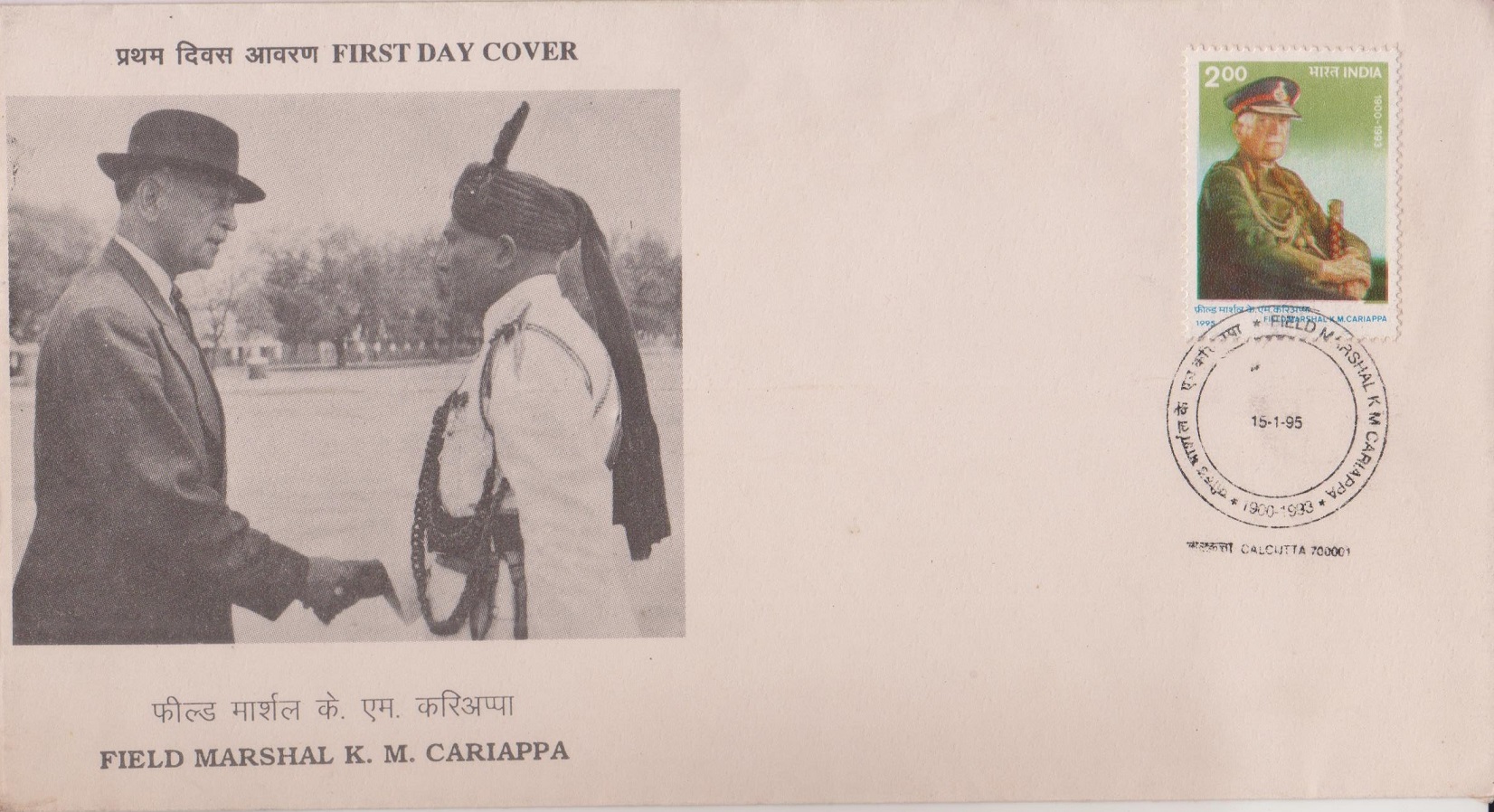
Field Marshal K.M. Cariappa
A commemorative postage stamp on Field Marshal Kodandera “Kipper” Madappa Cariappa, 1st Indian Commander-in-Chief (C-in-C) of Indian Army :
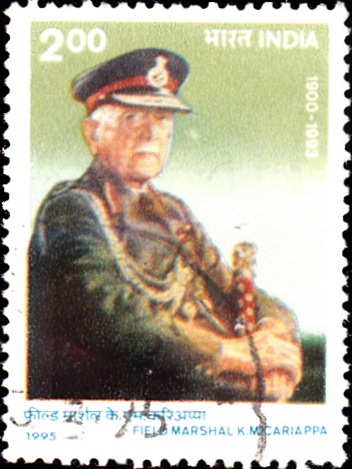
 Issued by India
Issued by India
Issued on Jan 15, 1995
Issued for : The Department of Posts is privileged to issue a commemorative postage stamp on Field Marshal K. M. Cariappa.
Credits :
Stamp : Based on material made available by The Rajput Regimental Centre, Fategarh.
F.D.C. & Cancellation : Addl. Directorate General of APS
Type : Stamp, Postal Used
Colour : Multi Colour
Denomination : 200 Paise
Overall size : 3.91 x 2.90 cms.
Printing size : 3.55 x 2.54 cms.
Perforation : 13 x 13
Paper : Indigenous Un W/M Adhesive Gravure Coated Stamp Paper in Sheets of 50.8 x 53.5 cms.
Number of stamps Printed : 1 Million
Number per issue sheet : 35
Printing Process : Photogravure
Printer : India Security Press
Name : Kodandera “Kipper” Madappa Cariappa
Born on Jan 28, 1900 at Sanivarsanthe, Coorg Province, British India [now in Kodagu district, Karnataka, India]
Died on May 15, 1993 at Bangalore, Karnataka, India
About :
- Born on 28 January, 1900 in Sanivara Santhai (Coorg), Late Field Marshal K.M. Cariappa, OBE received his formal education at the Central High School of Virajpet and Medikeri (Coorg) and Presidency College, Madras. He was among the first group of Indian Cadets to receive the King’s Commission in 1919 after passing out from the Daly College, Indore. He was the first Indian Officer to enter the Staff College, Quetta (Baluchistan) in 1933 and the first to be promoted to the rank of Lieutenant Colonel in 1942 when he raised 17th Battalion, The Rajput Regiment.
- After being elevated as the first Indian Brigadier, he went to the United States of America and Canada for a conference with high ranking officers of the respective armies as a member of the Army Reorganisation Committee to evaluate training methods for the future Indian Army. He went to the United Kingdom as one of the first two Indian Students at the Imperial Defence College. With transfer of power and partition of the country, Brigadier Cariappa was recalled from the United Kingdom to serve as a member of the Army Sub Committee which achieved an amicable settlement of the division of the Army between India and Pakistan. In July, 1947, he was promoted to the rank of Major General.
- Immediately after Independence, there was rapid Indianisation of the Army. On 21st November, 1947, Maj. Gen. Cariappa took over from Lieutenant General Sir Francies Tuker as the Army Commander, Eastern Command, in the rank of Lieutenant General. Soon after, on 20th January, 1948, he succeeded Lieutenant General D. Rissell as the Army Commander, Delhi and East Punjab (now Western Command), responsible for conducting the operation in Kashmir. On 15th January, 1949, General Roy Bucher, handed over the office of the Commander-in-Chief of the Army to General K.M. Cariappa. He was the only Commander-in-Chief of Indian Army.
- A Veteran soldier, he had served in Mesopotamia from 1920 to 1922, as Adjutant of the 2/125 Napier Rifles. He also served in Waziristan, with the 1/17 Dogras and the 1/7th Rajputs from 1922 to 1925. Serving with the 10th Division, he campaigned in Iraq, Syria and Iran from April, 1941 to March, 1942. In July, 1943, he went to the Arakans as the Assistant Adjutant and Quartermaster General, 26th Indian Division, where he won the award of Order of the British Empire (OBE) in 1945. He also commanded the Banu Frontier. A man of crystal-clear character with courage of his convictions, Field Marshal K.M. Cariappa is fondly remembered by his comrades-in-arms as ‘Kipper’.
- Though he relinquished the office of Chief of the Army Staff on 14th January, 1953, he had kept himself active in public life and represented the country as its High Commissioner to Australia for two and half years. He evinced a keen interest in physical education of the youth and extensively lectured on national integration and discipline. As founder of the Indian Ex–servicemen League, he has done yeoman service for the welfare of ex-servicemen.
- His exemplary services to the Army were recognised in 1986 when the rank of Field Marshal was conferred upon him.
- Apart from the OBE, the other best-known honours conferred on the Late Field Marshal were the Legion of Merit in the order of Chief Commander of the United States of America, Honorary General of the Nepalese Army and Doctor of Science by University of Agra.
- He breathed his last on 15th May, 1993.
- Late Field Marshal K.M. Cariappa was in letter and spirit an exceptional captain of his team. He always held the ‘Jawan’ in his highest esteem and often said ‘Our Jawans are absolute gems’.
- His hobby was stamp collection.


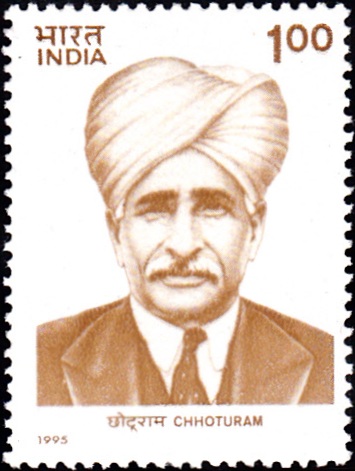
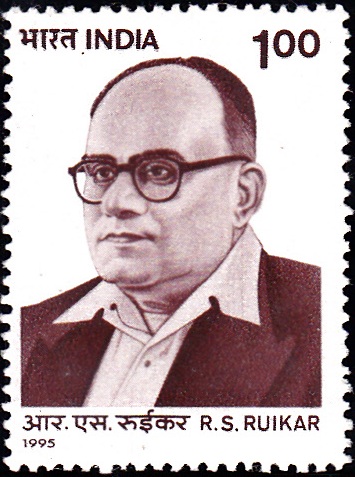
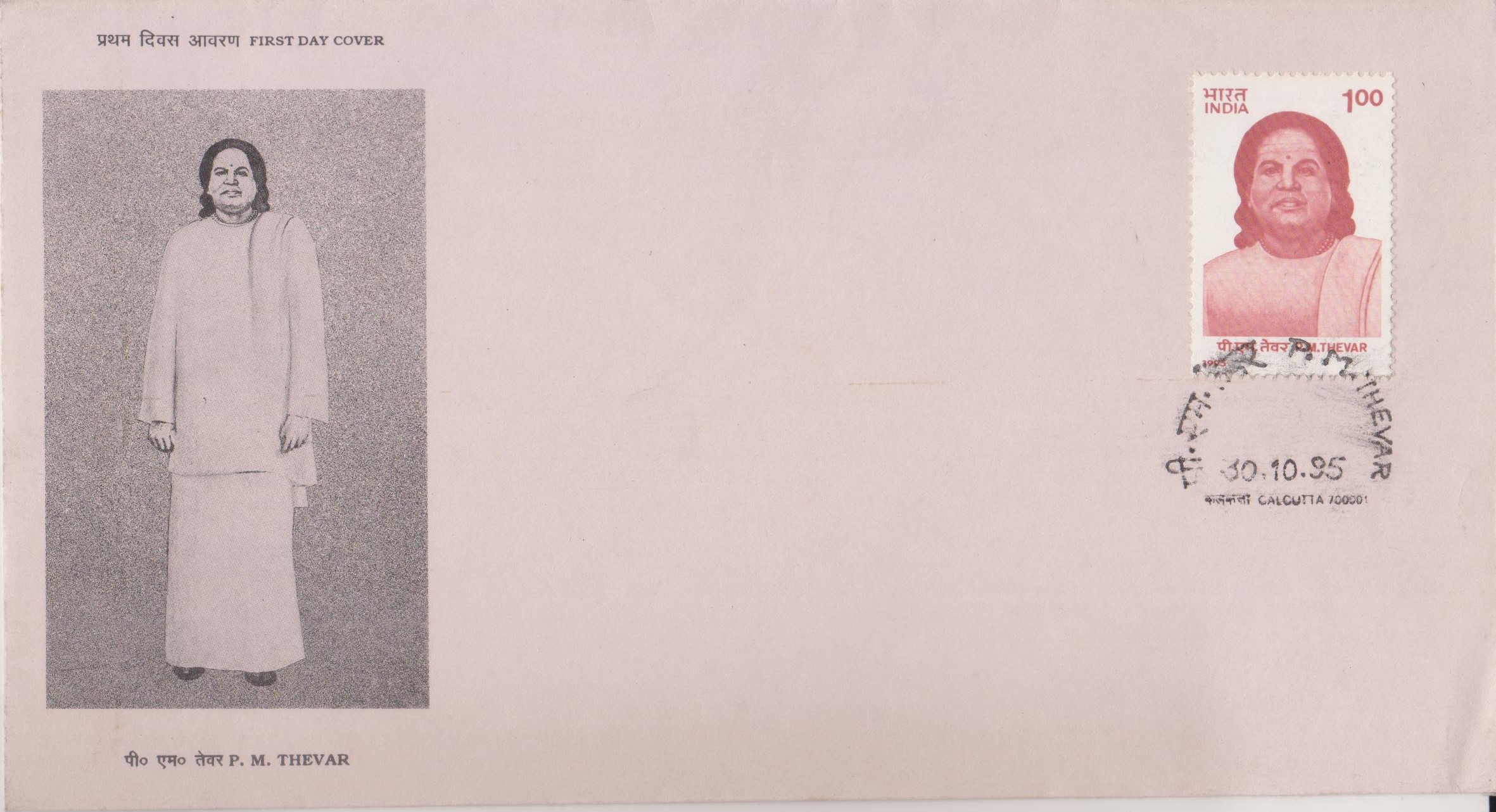
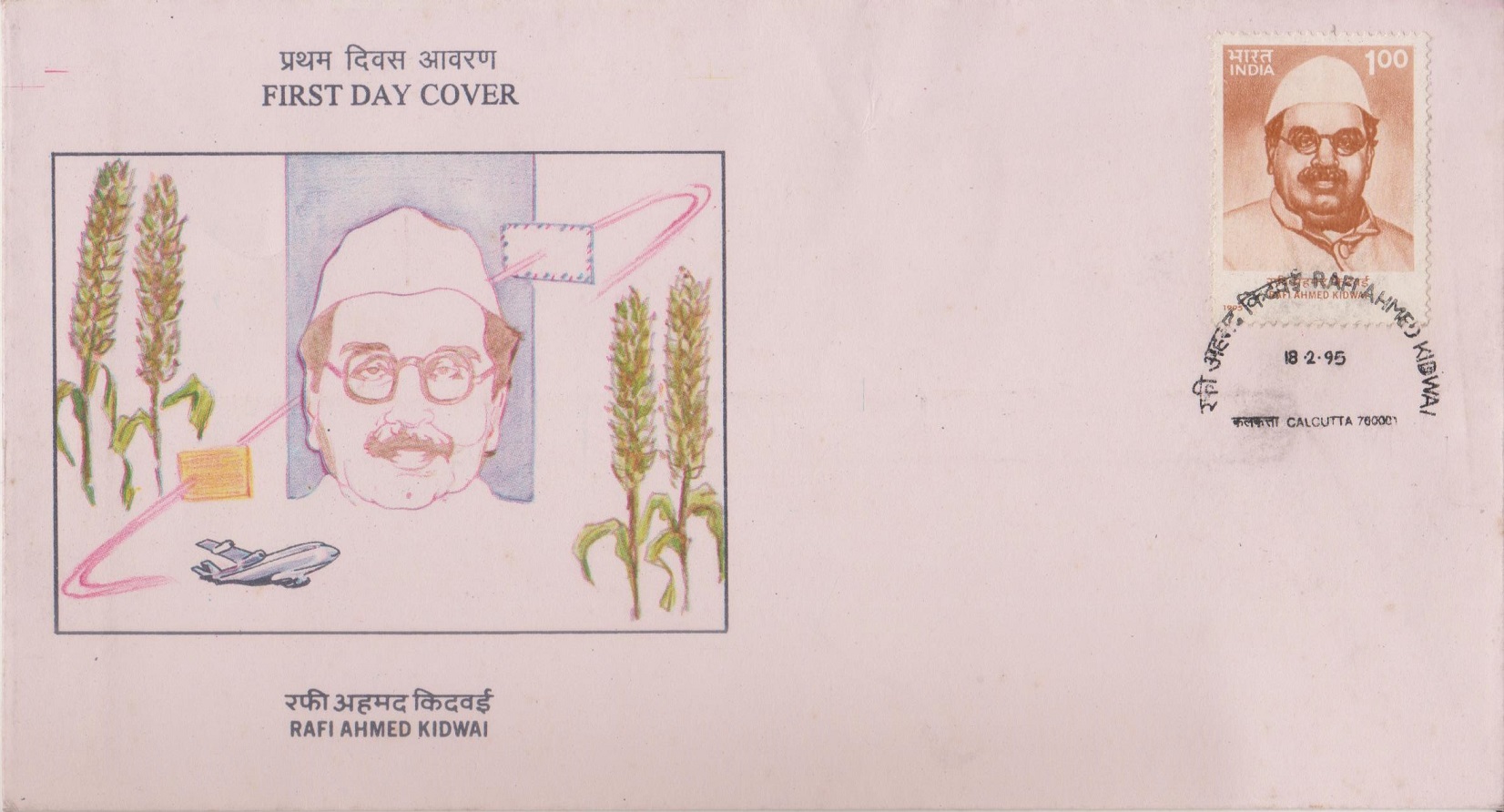
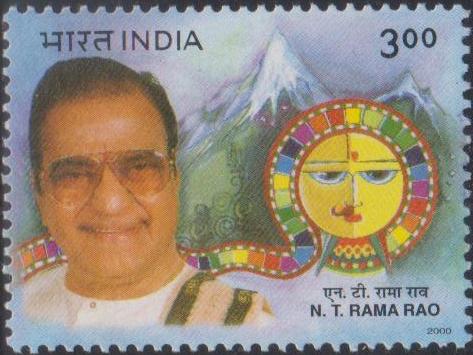
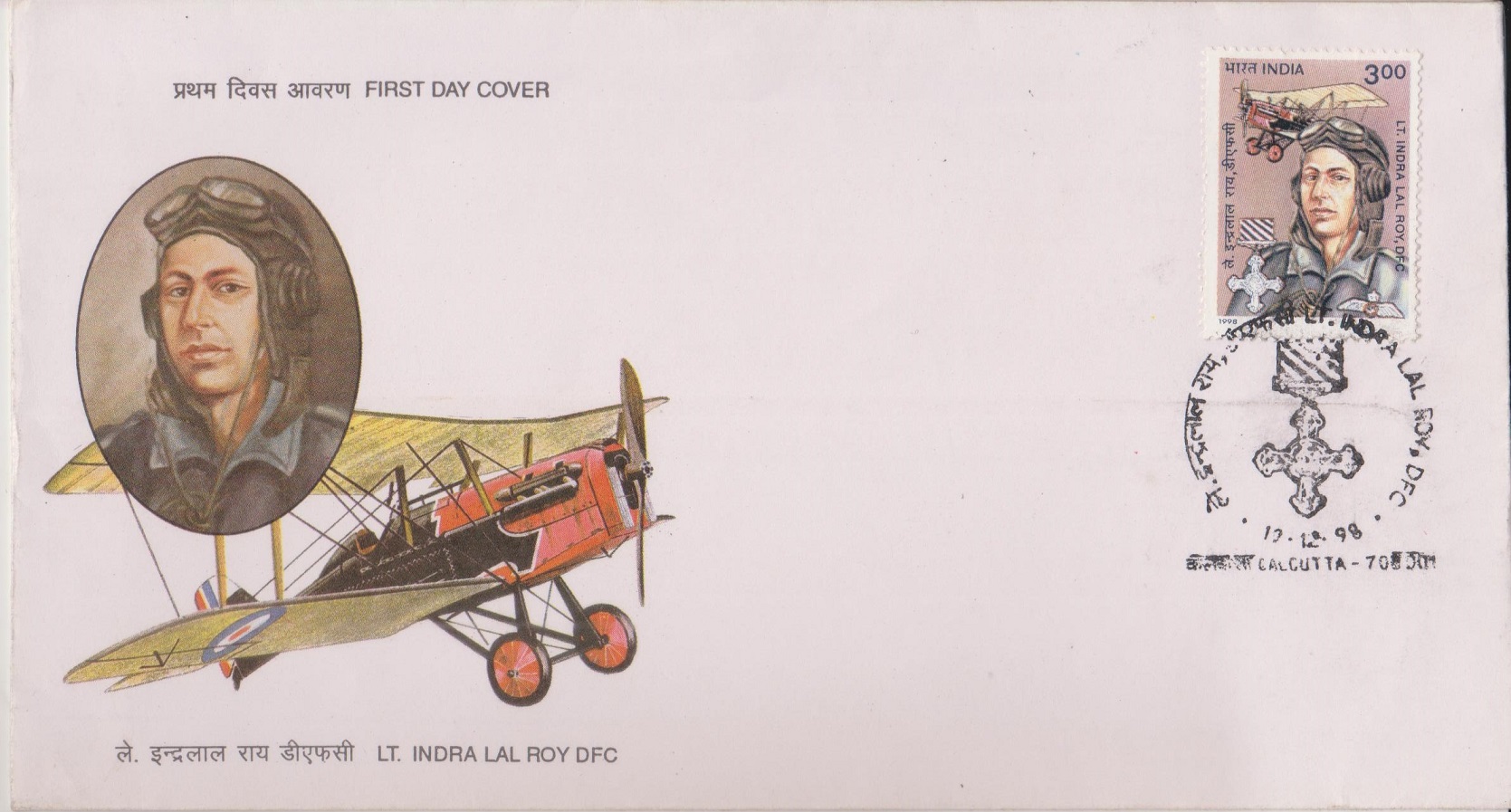
[…] from armies of the East India Company and became the British Indian Army. On 15 Jan 1949, General K.M. Cariappa took charge of Indian Army as the Commander in Chief from General Sir Francis Roy Bucher, the last […]